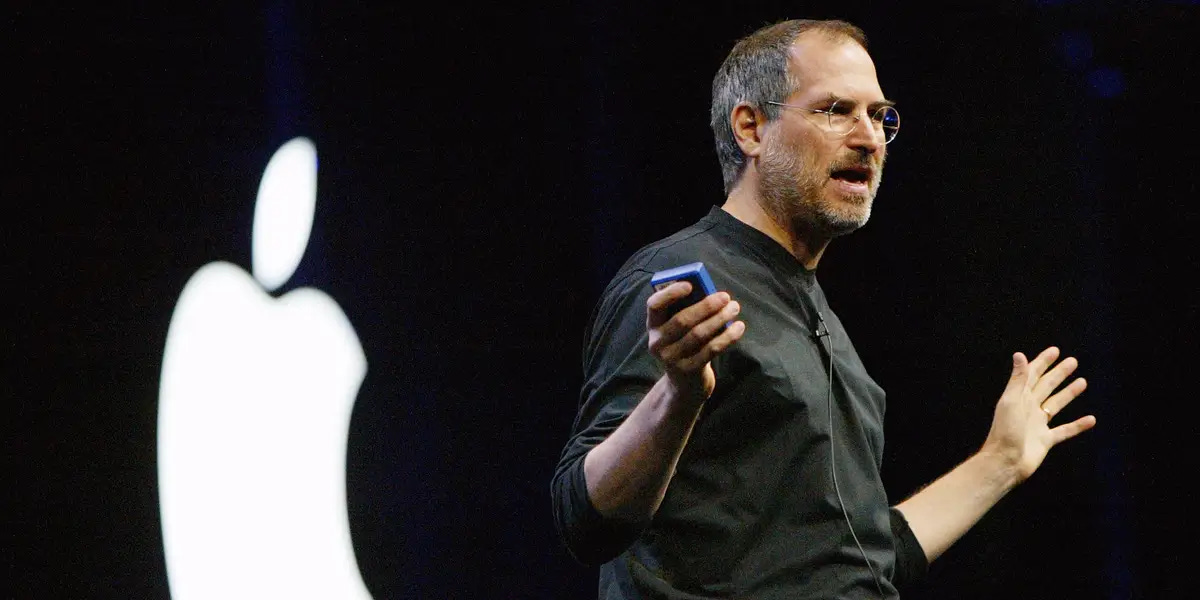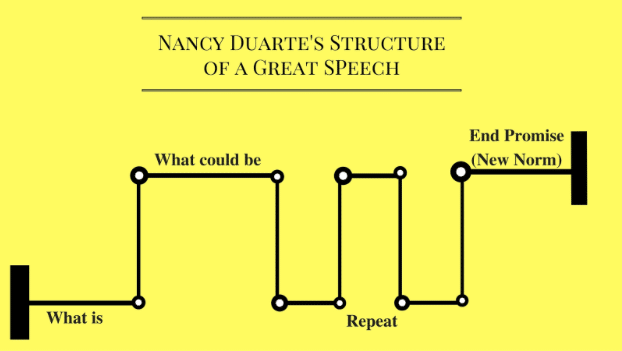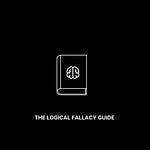Welcome to the 1,044 new members of the curiosity tribe who have joined us since Friday. Join the 91,634 others who are receiving high-signal, curiosity-inducing content every single week.
SPECIAL ANNOUNCEMENT: Hyper startup accelerator is open for applications!
If you're thinking about joining an accelerator or raising capital for your startup, Hyper is a new accelerator backed by the biggest venture capital firms in tech.
A few reasons I’m a huge fan:
More competitive terms than competitors ($300k for 5%).
Hyper is the sister company of Product Hunt—companies get unique access to Product Hunt, the team, and launch support.
World-class advisors including Sequoia’s Alfred Lin, Ryan Hoover, Deena Shakir, Disney’s Jeffrey Katzenberg, and a lot more.
Small batches make for a far more personalized experience.
Efficient 4 week long program.
Participants get time with me on how to scale your storytelling!
This is an amazing opportunity for startups all around the world. Apply for the program here.
Today’s newsletter is brought to you by Air!
If you’re still using Google Drive and Dropbox to store your files, you’re going to want to listen up. While those tools are fine for people who just need to store everything, they fall terribly flat when it comes to creative collaboration and scalability on images and videos.
Walk with me…let’s talk about Air.
Air has built a solution—a platform that allows marketers and creatives to collaborate seamlessly across the entire content library of a business. All the work happens directly in the visual asset. The end result? Businesses can 10x the power of their content to become storytelling machines.
Air is the “holy s*** why didn’t this already exist?!” solution for marketing and creative collaboration. My startup portfolio loves it and you will too. Get a demo today and level up your content.
Today at a Glance:
Public speaking is scary. So scary that a number of surveys and studies have found that people rank public speaking ahead of death on a list of their greatest fears.
It’s also one of the most critical skill sets for your career and life. Confident, powerful public speaking—whether informal or formal—will accelerate your personal and professional life.
Strategies for more confident public speaking: avoid memorization, study the best, strike a power pose, practice relentlessly, find the anxiety killers, play the lava game, slow down to 0.75x, engage the audience, implement a storytelling structure, move with purpose, never self-sabotage, and cut the fear.
The Power Speaking Guide

"There are two types of speakers: those that are nervous and those that are liars." — Mark Twain
Ok, so public speaking is scary.
How scary?
Well, a number of surveys and studies have found that people rank public speaking ahead of death on a list of their greatest fears…
THAT scary.
Unfortunately, public speaking is also one of the most critical skill sets for your career and life. Confident, powerful public speaking—whether informal or formal—will accelerate your personal and professional endeavors. It sits in the all-important top-right quadrant of the Scary vs. Beneficial 2x2 grid.
So we can’t just hide from it. We need a set of strategies to increase our confidence and level up our speaking game.
In today’s piece, I’ll propose 12 such strategies. Some of the strategies will appear non-obvious or even counter-intuitive—but trust me, they work.
Without further ado, let’s dive in…
Avoid Memorization
When we’re nervous for a speech, toast, presentation, or talk, our bias is to memorize the content word-for-word.
We memorize in a valiant effort to avoid screwing up.
Ironically, memorization often has the opposite effect.
Imagine you are driving to a friend’s new house. You look up the directions before leaving—they seem simple enough, so you just memorize them. On the way, there’s a bit or roadwork that forces you to make a slight detour. Suddenly, you’re completely lost. You memorized the directions from A to B, but the slight twist has taken you off course and you have no clue how to get back on track. You only memorized the directions for one specific scenario (going directly from point A to point B), but the situation became more dynamic.
For most people, the same general principle applies to public speaking.
When you memorize material, one tiny slip-up can throw you off. You only know the material in one fixed direction, so you're unable to adapt. All it takes is a glitch in the slides, an off-track question from the audience, or a slight stumble in your opener and all of your preparation is out the window.
Furthermore, rote memorization can make you appear distant to the audience.
Instead of memorizing:
Focus on a few key moments. Perfect the opening line, transitions, and closing. When you nail these, you create momentum—with the audience and yourself. It instills a confidence you can build on. Manufacture these small "wins" that compound.
Create “lego blocks” that you can piece together. Hone small chunks of stories and ideas that you can naturally weave together depending on the situation. You’ll be able to pick and choose from your toolkit and be more dynamic in the moment.
Study the Best
We live in an amazing era—we literally have the best speaking coaches in the world at our fingertips.
Identify 3-5 speakers you admire. They can be politicians, business leaders, comedians, motivational coaches, whatever.
Go on YouTube and find videos of each one delivering a speech.
Slow down the playback speed—a great recommendation from my friend Ankur Warikoo—and take notes.
Study the following:
Structure: How are they structuring their talk?
Cadence: What is the pacing of their words? When are they pausing and when are they accelerating?
Tone: When are they raising their voice? When are they lowering it?
Movement and Gestures: Note their movement on the stage (if any). How are they gesturing?
Audience Engagement: How are they engaging with the audience?
By analyzing the best, we naturally move to embody the traits we've identified.
Strike a Power Pose
A "power pose" is a stance that embodies a feeling of power—standing tall, arms spread and raised.
The original discussion around the power pose entered the mainstream when social psychologist Amy Cuddy delivered a now famous Ted Talk on the topic that has been viewed over 20 million times.
Cuddy asserted that executing power poses can actually create feelings of confidence and power. The science behind this is now heavily-contested.
Personally, scientific backing or not, I swear by it. In my own experience, it has a real effect—even if it's psychosomatic. At my first job, before every big presentation, I'd find an empty room and spread my arms high and wide. It always worked.
Try it.
Before your next talk or presentation, find a quiet place, take a few deep breaths, and raise your arms high and wide, triumphantly over your head. Speak a few positive affirmations to yourself. Then go out and crush it.
I’ll let the scientists battle it out over the scientific legitimacy of the practice—in the meantime, I’ll keep doing it because it works for me!
Practice Relentlessly
Perhaps it should go without saying, but practice is everything.
Capitalize on every opportunity to practice—both for a specific event and for the skill more broadly.
When practicing for a specific event, start by doing it in private to remove the fear. Use your phone to record and watch your performance. Then transition to practicing in front of an audience of one—ideally an intellectual sparring partner—who you can ask for candid feedback.
Building from alone to a small audience is a way of progressively loading your nerves to prepare for the main event. You slowly increase the stakes as you prepare.
More broadly, find alternative ways to hone your craft:
If you're at an event in a small group, use it as a chance to improve.
Join an improv class! I've had several friends do this—it sounds like a low-risk environment, plenty of fun, and a huge boost to your speaking skills.
Get creative with it.
Find the Anxiety Killers
There are always a few people in the audience who are prone to smiling, nodding, and engaging positively. I call these people “Anxiety Killers” because their positive engagement kills your anxiety.
At the beginning of your speech, scan the front of the crowd as you hit your opening lines. Identify the few people who smile, make warm eye contact, and nod.
These are your Anxiety Killers!
If you ever start to feel the tinge of nerves during the speech, turn your gaze to them to get a jolt of quick confidence.
Play the Lava Game
As a kid, I remember playing a game where parts of the floor are “lava” that you can't touch.
During a speech, I try to play a similar game. I think of my pockets and torso as “lava”—I can't touch them.
This simple framing forces you to get your arms away from your body, gesture broadly, and embody confidence.
Slow Down to 0.75x
When we get nervous, our natural tendency is to speed up—to get to the end faster.
To fight it, think about trying to speak on 0.75x speed. It should feel almost uncomfortably slow.
Pause and breathe frequently. The best speakers take long, dramatic pauses (you’ll notice this from your studying of the best!). Use these pauses as a chance to gather yourself and slow down.
Engage the Audience
There is so much pent up energy in a room—it often manifests as tension.
You can feel it as a speaker when the audience is stagnant. There’s all this potential energy that needs to be released.
You can dramatically reduce the tension in a room by creating action and movement—by converting that potential energy to kinetic energy.
Ask a simple question, survey the audience, request they do something. Find a way to get the audience active. They'll feel more alert and you'll find a more welcoming, loose environment.
Storytelling Structure
The best public speakers don't deliver a speech—they tell a story. They take the audience on a journey.
Create a storytelling structure that is familiar and easy to follow. It's often helpful to be clear and explicit about that structure upfront.
Storytelling expert Nancy Duarte coined the “what is vs. what could be” framework.
First, describe the reality (“what is”).
Next, describe the potential future (“what could be”).
Repeat.
Finish with an ending promise (“new normal”).
This framework forces you to create contrasts to craft a captivating narrative for the audience.
Move With Purpose
Pacing around the room or stage like you're on the phone with your middle school crush isn't helpful.
Take slow, methodical, purposeful steps.
There are people who move to move—and then there are people who move with intention, who are going places.
Be the latter.
Never Self-Sabotage
When you're feeling nervous or uncertain, there's a tendency to self-sabotage.
We tell the audience we're nervous, we make fun of ourselves, we make ourselves small physically by crossing our arms and creating a barrier between us and them.
Don't do this. It's ok to be vulnerable, but there's a line.
Cut the Fear
We have a tendency to hype up our fears.
Always remember: the worst case scenario really isn't that bad. No matter how it goes, you’ll be just fine. Life will move on.
Plus, the audience is generally rooting for you! They place themselves in your shoes, so they want you to do well. They're on your side.
Conclusion
It's ok to be nervous—you're certainly not alone! But it's time to fight back.
Give these 12 strategies a shot—I guarantee they’ll make you a more effective, powerful public speaker.
Please tweet at me with your success stories leveraging these strategies. I’d love to see them!
Where It Happens Podcast
Why You Should Start a Business For Older Adults
Watch it on YouTube and listen to it on Apple Podcasts or Spotify.
Special thanks to our sponsors for providing us with the support to bring this episode to life.
This episode is also brought to you by MarketerHire. MarketerHire provides on-demand access to pre-vetted, top-tier marketers who can freelance as much or as little as needed.
They’ve made it easy to hire great marketers. With pre-vetted talent and expert hand-matching, you can add a proven marketer to your team in less than a week.
Go to marketerhire.com to learn more.
Sahil’s Hiring Zone
Talent Collective
Completely free for candidates. Use the link here to apply!
Companies can get exclusive access to these terrific candidates by buying a collective pass here.
Featured Opportunities
Clipboard Health - Growth Strategy & Marketing Manager, Engineering Manager
Elevate Labs - Head of Growth Partnerships
Gruntwork - Senior Software Engineer
Practice - Product Designer
DaoHq - Founding Solidity Developer
Artifact - Product Designer
Clay - Growth Manager
Assemble - Software Engineer
The full board with 20+ other roles can be found here!





















Share this post